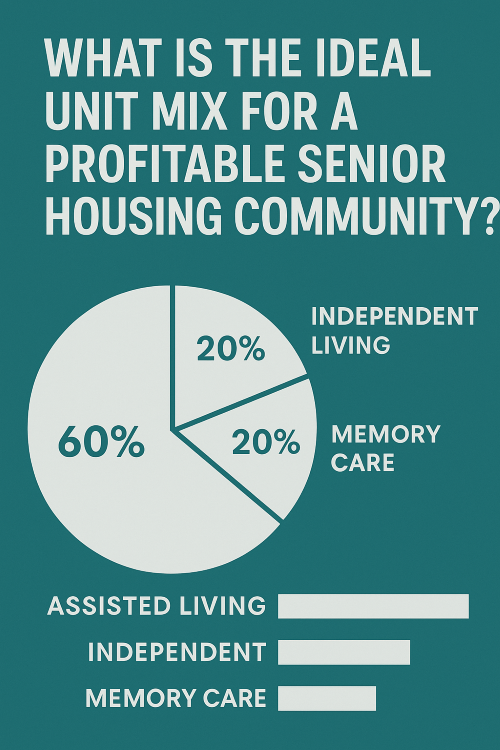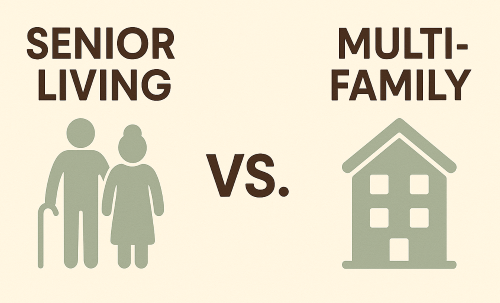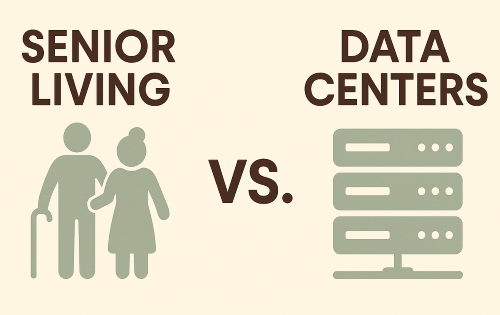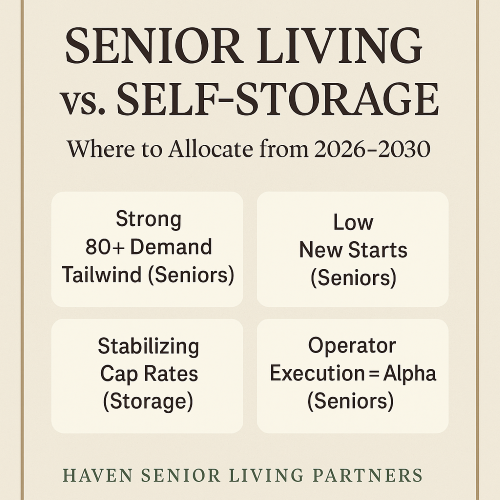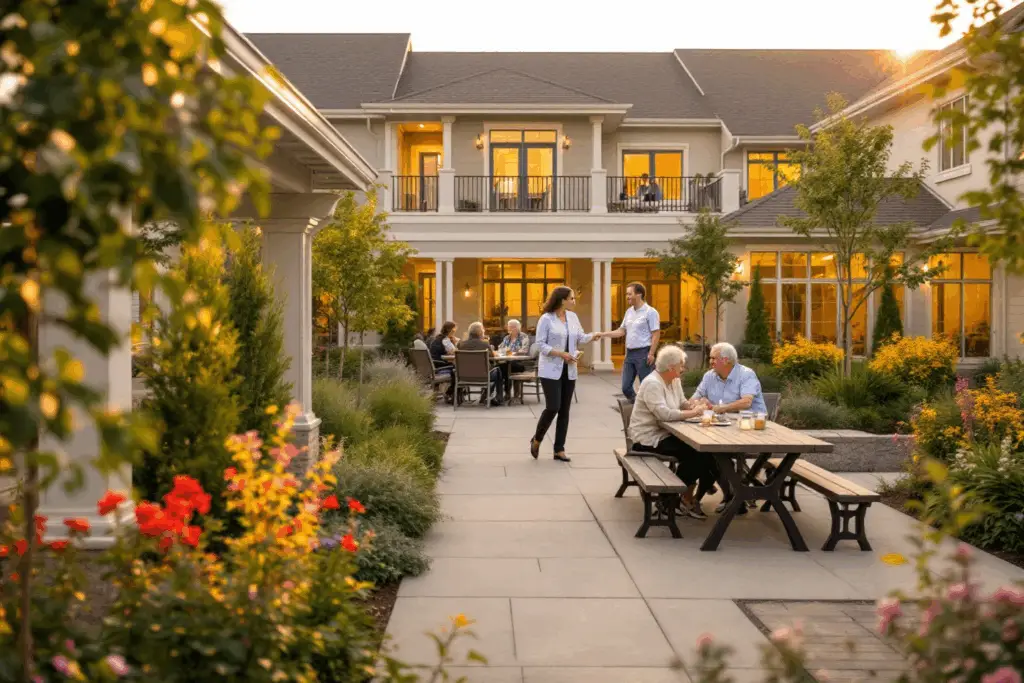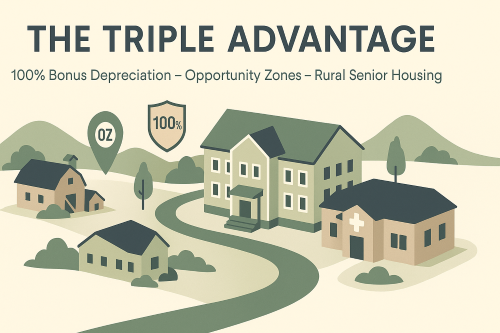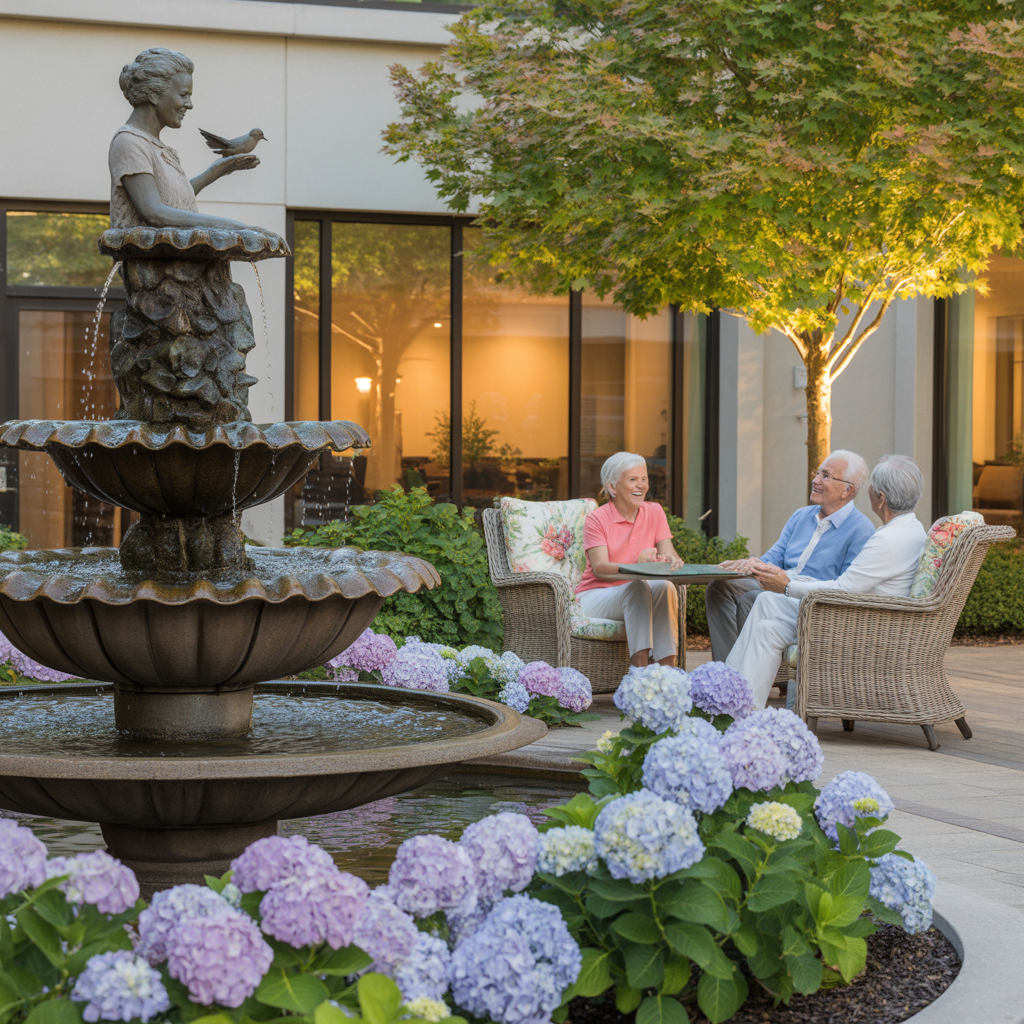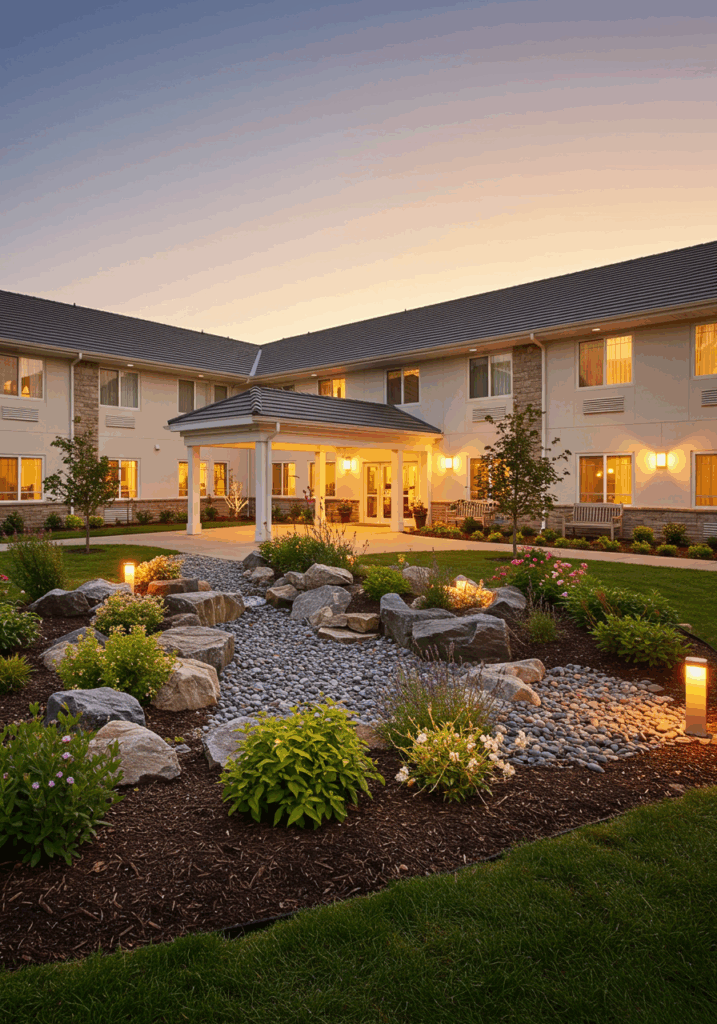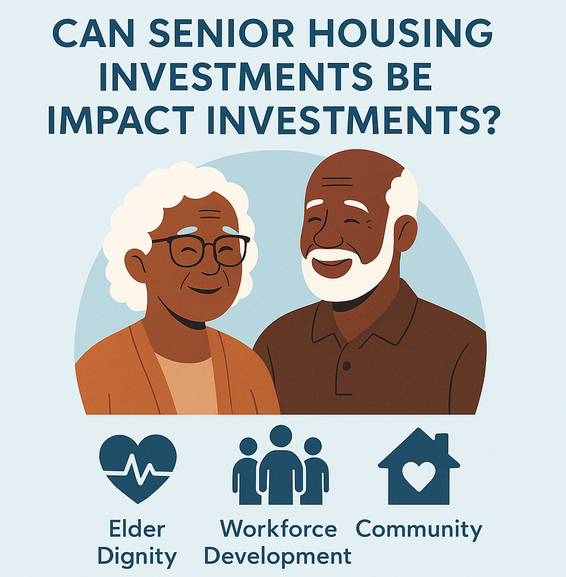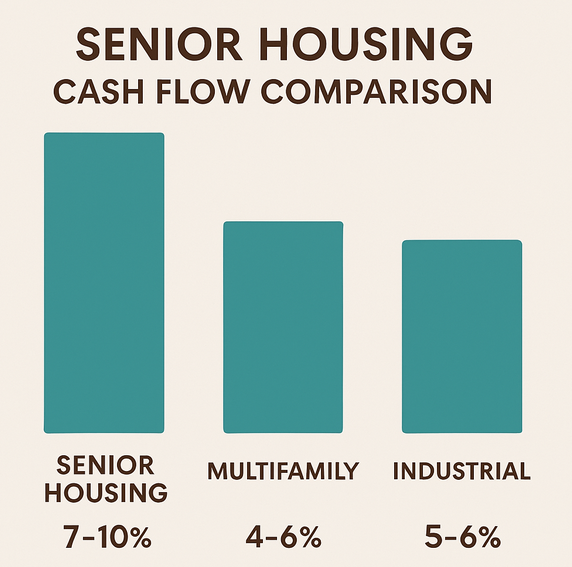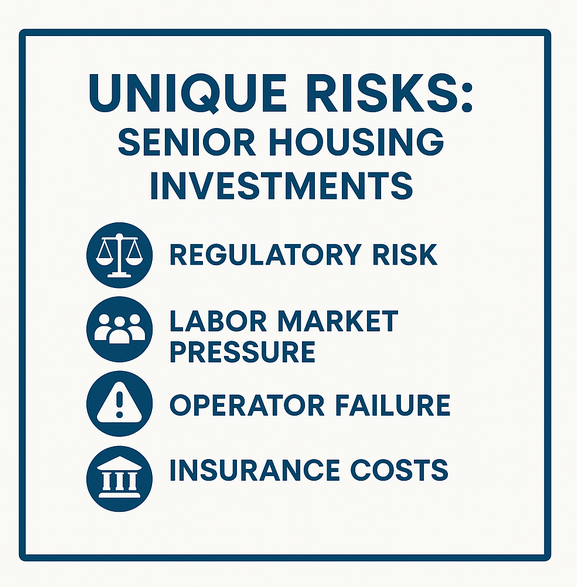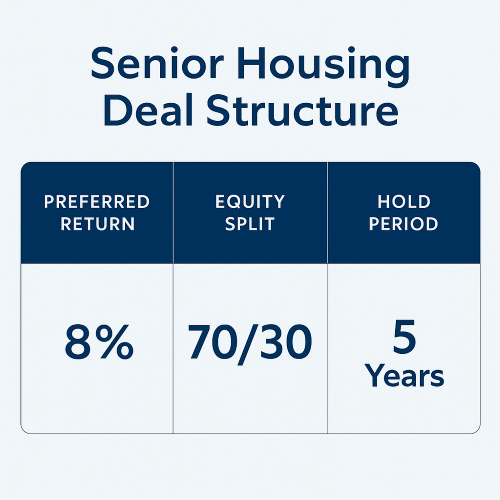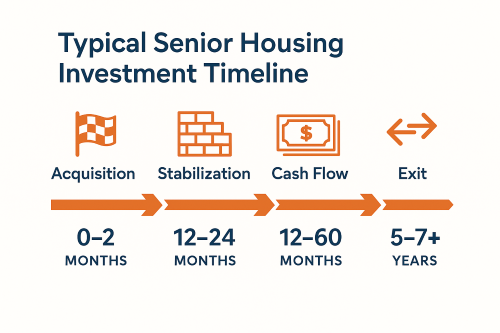The blueprint behind top-performing assets.
Ask any experienced developer or operator, and they’ll tell you: unit mix matters. The right combination of assisted living, independent living, and memory care can optimize both resident satisfaction and investor returns.
In this post, we explore the “sweet spot” for profitability and why a balanced care continuum is essential in today’s senior housing market.
Why Unit Mix Matters
Your unit mix determines:
Care staffing ratios
Revenue per resident
Length of stay
Marketing effectiveness
Operational complexity
In short, it affects both top-line income and bottom-line efficiency.
Ideal Profit-Oriented Mix: 60/20/20
| Care Level | Target % of Units | Why It Works |
|---|---|---|
| Assisted Living | 60% | Highest demand, moderate care intensity |
| Independent Living | 20% | Lower staffing costs, longer stays |
| Memory Care | 20% | Higher margin but higher staffing requirements |
Assisted Living (60%)
This is the engine of most profitable communities.
Provides assistance with daily activities (bathing, medication, etc.)
Generates high monthly rents plus care fees
Length of stay: 18–24 months
Moderate care ratio (1:8 to 1:12)
Pro tip: Mid-acuity AL units tend to fill quickly and stabilize well in suburban markets.
Independent Living (20%)
Best for longer stays and minimal care requirements.
Residents are mobile and self-sufficient
Lower revenue per unit, but very low operating cost
Ideal for campus-style communities with resort-style amenities
Also supports “aging in place” pipeline into AL or memory care
Independent units attract younger seniors and retention-focused marketing.
Memory Care (20%)
Essential, but operationally intense.
Higher revenue per unit
1:6 to 1:8 staffing ratio required
Strong demand in most U.S. markets
Families value continuity, so care quality drives referrals
Important: Too much memory care inventory can drag NOI due to staffing costs and smaller unit sizes.
🛠️ Considerations When Designing or Acquiring
| Factor | Impact on Unit Mix Decision |
|---|---|
| Local Demographics | Aging population = More AL/MC demand |
| Labor Market | Shortages = Limit MC expansion |
| Nearby Competition | Oversupply in IL or MC? Focus on AL instead |
| Zoning and Licensure | May limit total MC or AL units |
| Physical Plant Constraints | Existing layout may dictate how far you can flex |
The Best Operators Do This
Regularly assess demand mix and reconfigure if needed (e.g., converting IL units to AL)
Match unit count to staffing capacity to avoid burnout or inefficiencies
Design with flexibility to shift unit purpose with minimal renovations
Let’s Build Smarter
At Haven Senior Living Partners, we invest in and acquire communities with ideal unit mixes—or the ability to optimize them. Our underwriting model includes demographic studies, reimbursement projections, and operational margin targets to ensure every unit counts.
View Our Latest Investment Opportunities or Contact Us to see our acquisition strategy in action.

